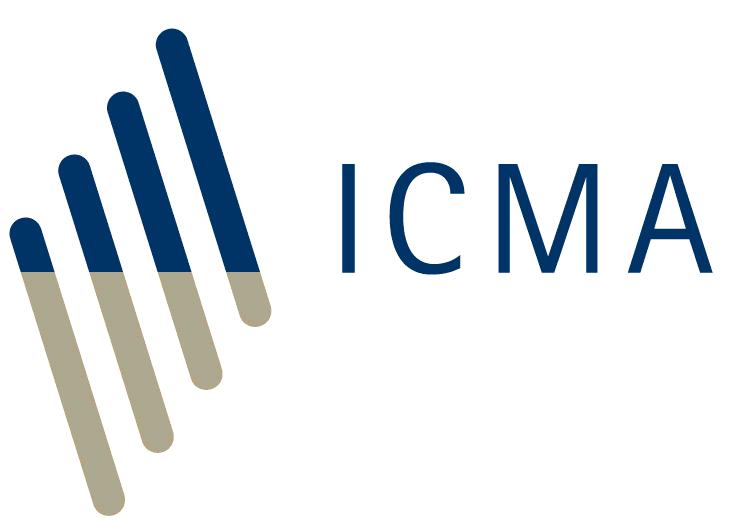Whilst there is no single, widely accepted definition, the term “DLT bonds” is understood to be an instrument whose register of ownership is stored using DLT
(see Q&A 1).4
While the nature of DLT bonds continues to evolve, two different models can be distinguished:
-
Bonds issued natively onto a distributed ledger or blockchain. Such securities are held and traded through the DLT or blockchain environment, ie outside the traditional market infrastructure. The creation and existence of such bonds will be specific to each transaction and will likely differ across transactions. This type of instrument could also be referred to as a “native digital asset”, “security token” or ''bond token'' depending on the deal structure.
Examples include:
-
SIX Group (CH1142754337, 0.125%, 27/11/2026). See press release.
-
EIB (FR0014003521, 0%, 28/04/2023). See press release.
-
World Bank “bond-I” (AU0000020612, 2.20%, 28/08/2020). See press release.
-
-
Traditional bonds which are immobilised from an operational perspective ie held by an (I)CSD or custodian and represented through a token on a blockchain or DLT network (see also Q&A 6). Whether a token holds legal value or not depends on the specific jurisdiction and the underlying operational configuration. This type of instrument can be referred to as a “tokenised bond”, or “non-native security token”.
Examples include:
-
Deutsche Börse/HQLAx platform for collateral swaps in the securities lending market, where securities are not physically moved between the collateral agents but change in ownership is recorded on a DLT-based register. See further information here.
-
In both cases, bonds can be referred to as a tokenised assets. Critical bond information including, but not limited to, DLT bond identifiers, issuance amount and maturity, coupon, features and corporate actions, identification of approved operators, transfer conditions and other reference data can be embedded into its code-based representation.
DLT bonds are sometimes also referred to as blockchain or digital bonds. While DLT and blockchain are used interchangeably, there is no market consensus on the use of the term “digital bond”, which can be used loosely to refer to any debt security issued in dematerialised, ie electronic form (see also question 6) irrespective of the use of DLT or blockchain.
Further reading:
ECB: The use of DLT in post-trade processes, 2021
OECD: The Tokenisation of Assets and Potential Implications for Financial Markets, 2020
4From an IT perspective, a DLT or blockchain system will need to satisfy a number of technical requirements, such as consensus mechanisms to validate transactions, level of distribution, and data structure, amongst others, to be classed as such. ICMA’s DLT Bonds Working Group may consider elaborating on such criteria at a later stage.
Back to Frequently Asked Questions on DLT and blockchain in bond markets
<<< Previous page Next page >>>







